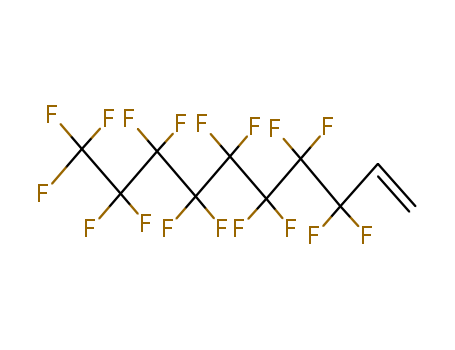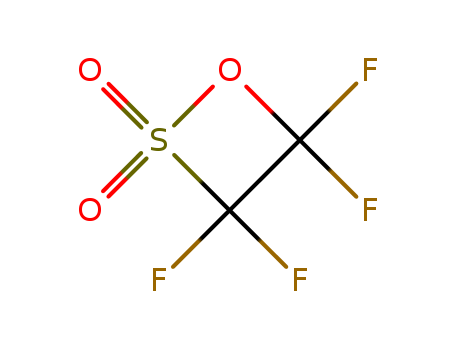- Product Details
Keywords
- Diphenyldimethoxysilane
- Dimethoxydiphenylsilane
- High Purity Diphenyldimethoxysilane
Quick Details
- ProName: High Quality Diphenyldimethoxysilane w...
- CasNo: 6843-66-9
- Molecular Formula: C14H16O2Si
- Appearance: Colorless transparent liquid
- Application: Can improve thermal stability of other...
- DeliveryTime: 15 days
- PackAge: Drum
- Port: Qingdao
- ProductionCapacity: 1 Metric Ton/Day
- Purity: 98%
- Storage: Sun protection
- Transportation: By sea or air
- LimitNum: 1 Kilogram
- Grade: Industrial Grade
- EINECSNo.: 229-929-1
- Density(ρ20, g/cm3): 1.0780 ± 0.0050
- Refractive Index(n25D): 1.5400 ± 0.0050
Superiority
High Capacity
High Output
Long time experience
High quality
Professional service
Details
Applications:
Phenyl functional silanecan improve thermal stability of other silanes.
Phenyl functional silane can be used as other silanes and siloxanes intermediates.
Phenyl functional silane can be used for hydrophobic surface treatment.
Phenyl functional silane can be used as hydrophobic additive to other silane coupling agents.
Packing:
210LIron Drum:200kg/drum
1000L IBC container : 1000kg/container
Basic physical properties
1. Properties: colorless gas with a disgusting smell of garlic.
2. Density (g / L, 0 ° C): 1.44
3. Relative vapor density (g / mL, air = 1): 1.2
4. Melting point (ºC): -185
5. Boiling point (ºC, normal pressure): -111.9
6. Boiling point (ºC, 760mmHg): -112
7. Heat of evaporation (KJ / mol): 12.5
8. Heat of melting (KJ / mol): 0.67
9. Heat of production (KJ / mol): 32.6
10. Specific heat capacity (KJ / (kg · K), 25ºC): 1.335
11. Critical temperature (ºC): -3.5
12. Critical pressure (MPa): 4.864
13. Solubility: soluble in water, almost insoluble in ethanol, ether, benzene, chloroform, silicon chloroform and silicon tetrachloride.
14 Critical volume: 151.5 (calculated) / 136.75 (measured) cm3 / mol. [1-2]
Chemical properties
Ignition and explosion of silane are the result of reaction with oxygen. Silane is extremely sensitive to oxygen and air. A certain concentration of silane can explode with oxygen at temperatures of -180 ° C. The reaction of solid silane with liquid oxygen is very dangerous. When silane is burned, the flame is dark yellow, and the reaction occurs under oxygen-rich conditions: [2]
SiH4 + 2O2 = SiO2 + 2H2O ΔH =-362 kcal / mol
If oxygen is insufficient, incomplete oxidation reactions occur:
SiH4 + O2 = SiO2 + 2H2 Δ H =-226 kcal / mol
The high temperature generated by combustion also causes some unreacted silanes to undergo thermal decomposition reactions:
SiH4 = Si + 2H2 ΔH =-8. 2 kcal / mol
Toxicity Information
LD50:-LC50: 9600ppm / 4 hours
Toxic effects:
Other precautions: The study found that when rats are exposed to 10,000ppm for 1 hour or ≥2500ppm for 4 hours, it will affect the kidney. Rats were exposed to 1000 ppm, 6 hours / day, and 5 to 4 weeks after 2 to 4 weeks with only slight respiratory irritation. Silane causes mutations in bacteria.
Carcinogenicity: No carcinogenicity has been found so far.
Ecological information
Possible environmental impact / environmental distribution:
Toxicity in water:-
Mobility: Due to spontaneous combustion in the air, it will burn out before entering the soil.
Persistence and biodegradation: Due to burning and decomposition in the air, silane does not exist in the environment for a long time.
Potential bioenrichment: Silane does not accumulate in organisms.
Note: Silane does not contain any Class 1 or Class 2 ozone-decomposing chemicals.
stability
Avoid strong oxidants, strong bases, and halogens. In the standard state, the density of the gas is 1.44 g / L, and the relative density of the liquid is 0.68 (-185 ° C). The vapor pressure is 11mmHg (1mmHg = 133.322Pa) (-160 ° C), 102mmHg (-140 ° C), 470mmHg (-120 ° C). Infrared spectrum wavelength is 2191cm-1, 914cm-1. At room temperature, it is in a gaseous state. During storage, there is no significant decomposition within months. Because monosilane is almost insoluble in grease, it can be stored in grease-coated containers with stoppers.
The chemical properties of silane are much more active than those of alkanes and they are easily oxidized. Spontaneous combustion can occur when in contact with air. It does not work with nitrogen below 25 ° C, and does not react with hydrocarbon compounds at room temperature. The reaction with oxygen is extremely intense, and it will react violently even at a temperature of -180 ° C.
Silane and chlorofluorocarbon fire extinguishing agents will react violently, so fire extinguishing agents cannot be used for fire extinguishing. The explosion limit is 0.8% to 98%.
Safe disposal
Store:
1. Store in a well-ventilated, safe, and weather-free place. The cylinders should be placed upright. And keep the protective valve cover and output valve intact.
2. The storage area should be away from frequent entrances and emergency exits. There should be no ignition source in the storage area, and all electrical appliances in the storage area must have explosion-proof facilities. Flammable storage area should be at least 20ft away from oxygen and oxide storage area.
3. Or put a non-flammable material at least 5 feet high in the middle as a barrier to ensure fire resistance for half an hour. Storage and use areas should have a "no smoking and open flame" sign. 4. Storage temperature should not be higher than 125 ° F (52 ° C). Store empty and full bottles separately. Avoid excessive storage and storage time.
5. Use a FIFO system. Consideration should be given to installing leak detectors and alarm equipment in the storage area.











